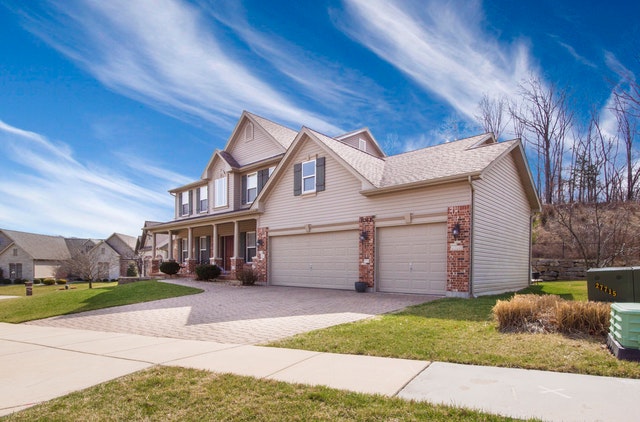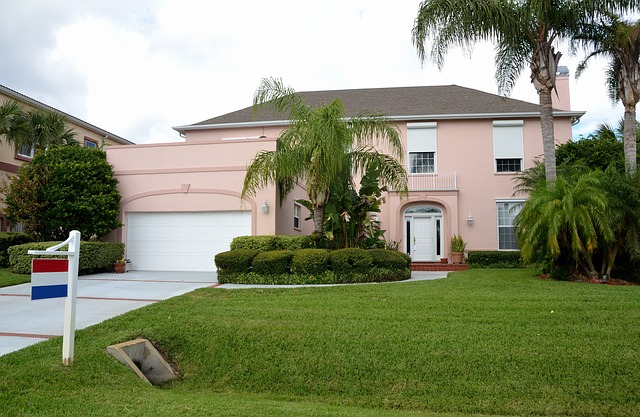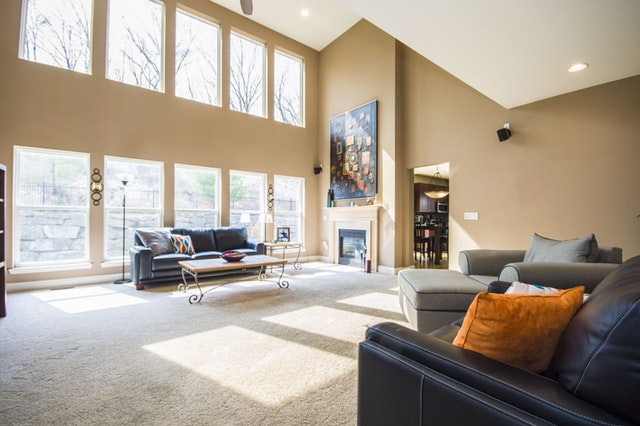NAHB: Housing Market Index Flat in March
 Builder sentiment held steady in March as headwinds in housing markets affected homebuilder confidence, but National Association of Home Builders Chairman Greg Ugalde said that builders were looking forward to a “solid spring home-buying season.” Builder sentiment mirrored February’s index reading of 62; analysts expected an uptick to 63.
Builder sentiment held steady in March as headwinds in housing markets affected homebuilder confidence, but National Association of Home Builders Chairman Greg Ugalde said that builders were looking forward to a “solid spring home-buying season.” Builder sentiment mirrored February’s index reading of 62; analysts expected an uptick to 63.
Any Housing Market Index reading over 50 indicates that more builders than fewer have a positive outlook on housing market conditions. The average reading for 2018 was 67, which indicated that builders were less confident current market conditions for new homes than in 2018.
HMI Component Readings Mixed in March
Three sub-readings used to calculate the monthly Housing Market Index reading showed builder confidence in current market conditions rose two points to 68; Builder confidence in market conditions over the next six months rose three points to 71 and homebuilder confidence in buyer traffic dipped four points to 44. Readings for buyer traffic seldom exceed the benchmark reading of 50.
The National Association of Home Builders said in a statement that housing markets are “stabilizing,” but did not say that housing markets were growing. Economists and housing market analysts rely on the Housing Market Index for clues about future housing production. Demand for new homes has been strong for years, but headwinds including tariffs on building materials and labor shortages continued to impact construction rates. More new homes on the market could ease pent-up demand for homes, but rapidly rising home prices are making home ownership less feasible for first-time and moderate-income home-buyers.
Imbalance Between New Homes Built and Consumer Needs
Analysts called out a problematic trend in meeting demands for new homes. Price points are frequently beyond affordable for most buyers, and new housing developments often trend toward larger homes with higher prices. Analysts said that from 2010 to 2017, the average size of new homes increased by 300 square feet while household size decreased over the same period. Lower mortgage rates benefit homebuyers concerned over affordable house payments, but strict mortgage qualification requirements limit the number of potential home buyers that can qualify for mortgage amounts needed to buy homes.
If you are in the market for a new home or interested in refinancing your current property, be sure to contact your trusted home mortgage professional.

 Case-Shiller Home Price Indices reported the slowest rate of U.S. home price growth since November 2014. According to the 20-City Home Price Index, Home prices grew by 4.20 percent year-over-year and were 0.20 percent higher in December as compared to November. The 20-City Home Price Index fell short of analysts’ expected gain of 4.80 percent year-over-year. Case-Shiller’s National Home Price Index reported home prices increased 4.70 percent in the fourth quarter of 2018.
Case-Shiller Home Price Indices reported the slowest rate of U.S. home price growth since November 2014. According to the 20-City Home Price Index, Home prices grew by 4.20 percent year-over-year and were 0.20 percent higher in December as compared to November. The 20-City Home Price Index fell short of analysts’ expected gain of 4.80 percent year-over-year. Case-Shiller’s National Home Price Index reported home prices increased 4.70 percent in the fourth quarter of 2018. These days, people want energy-efficient homes that look great. To answer the call of passionate environmentalists, developer are rising to the occasion and designing home features that minimize waste, save energy and reuse reclaimed materials. The results are gorgeous, green homes that help move the sustainable living trend forward.
These days, people want energy-efficient homes that look great. To answer the call of passionate environmentalists, developer are rising to the occasion and designing home features that minimize waste, save energy and reuse reclaimed materials. The results are gorgeous, green homes that help move the sustainable living trend forward.